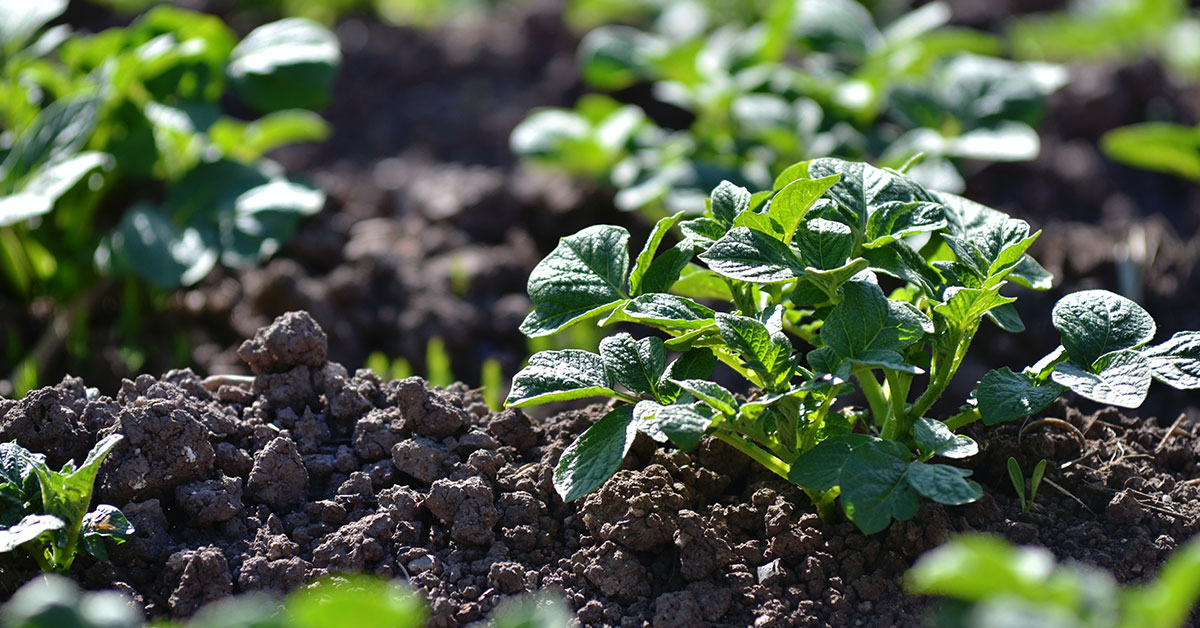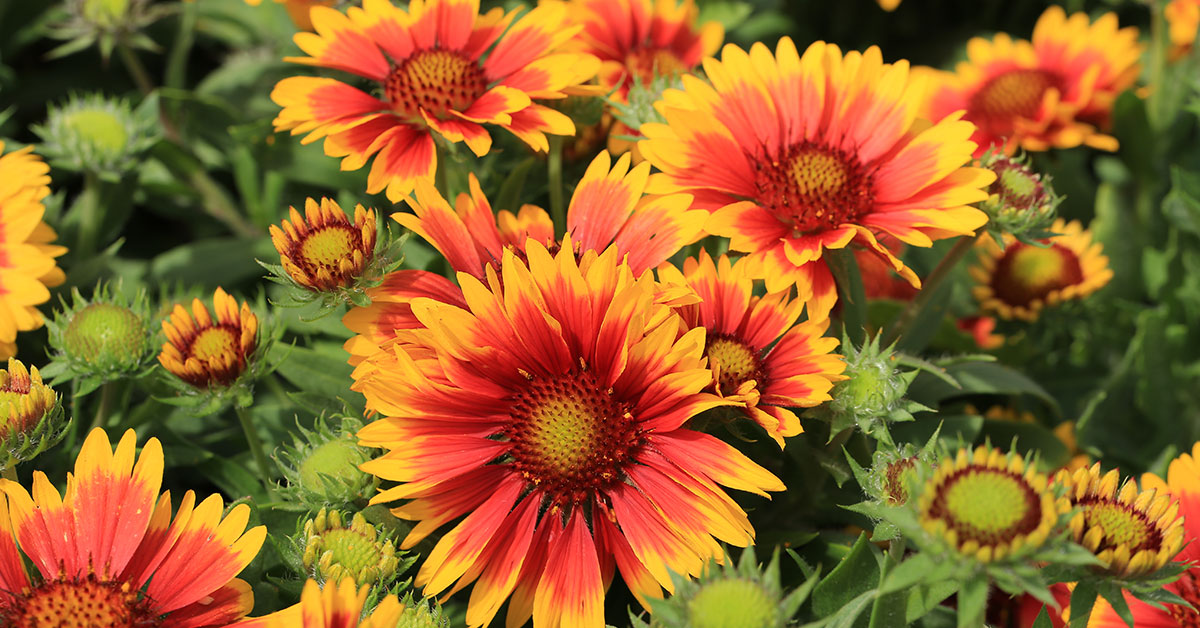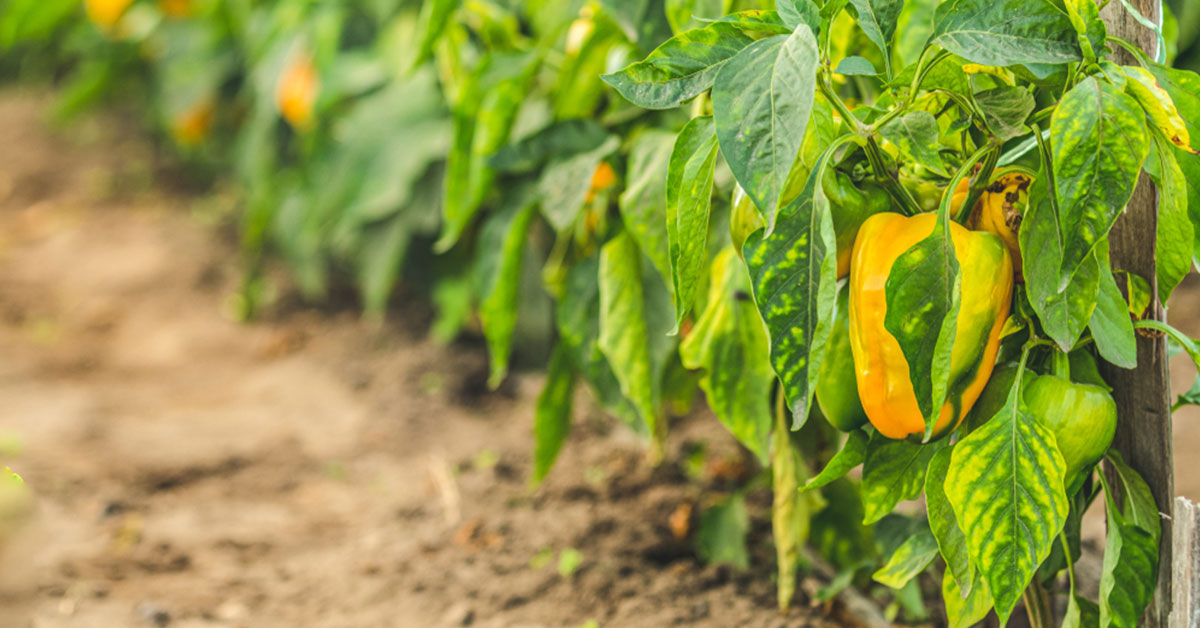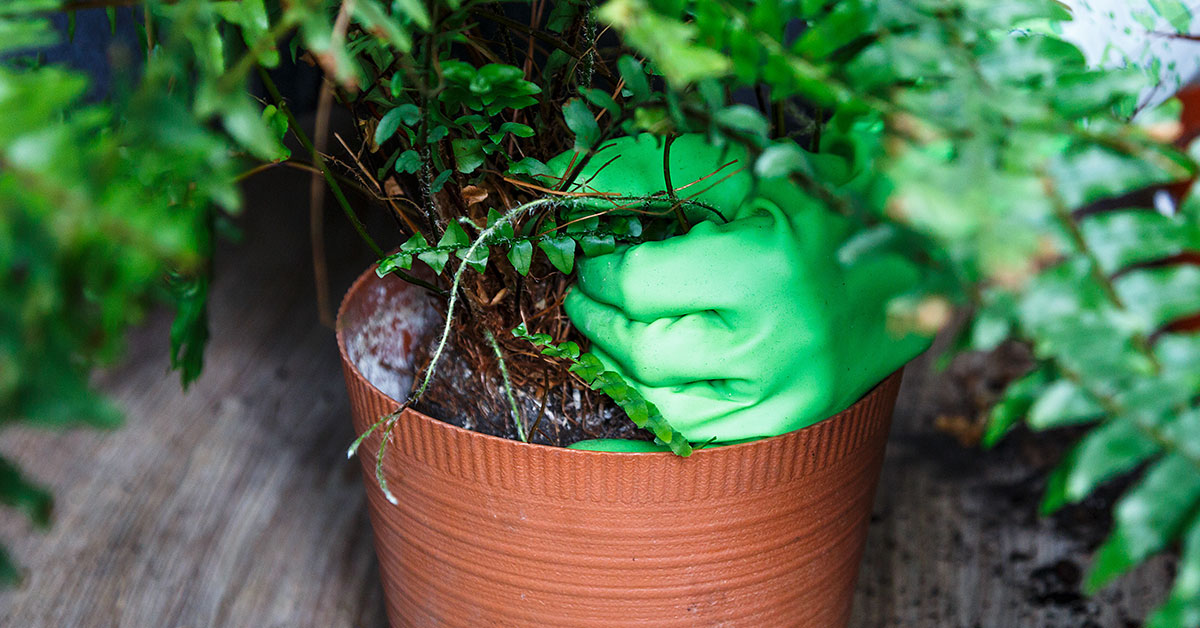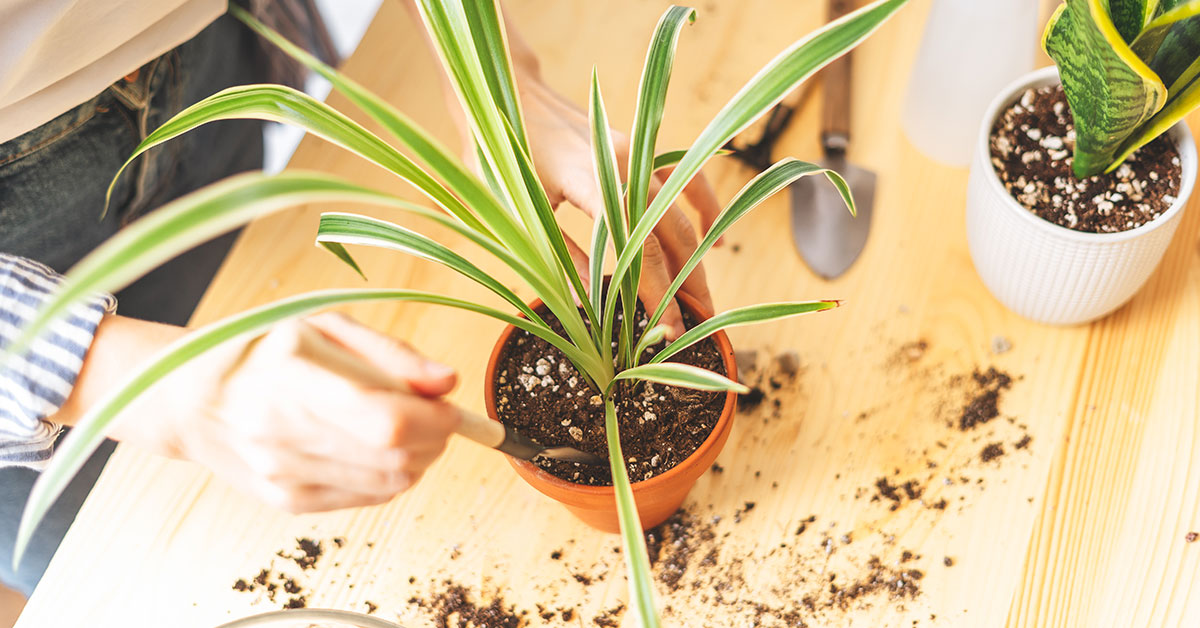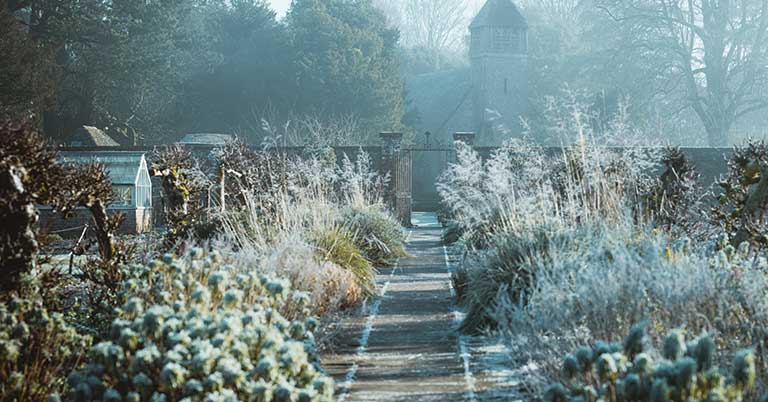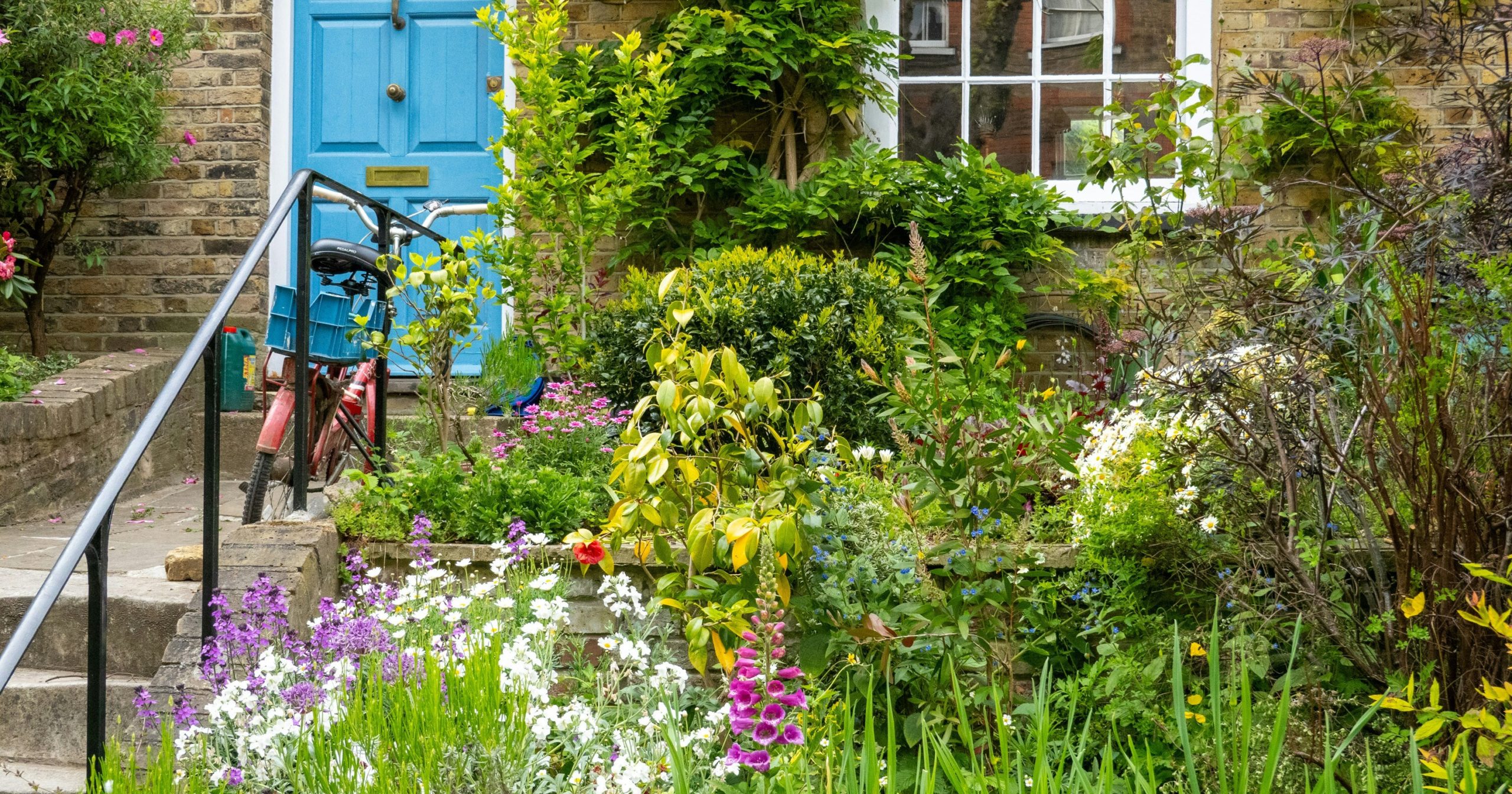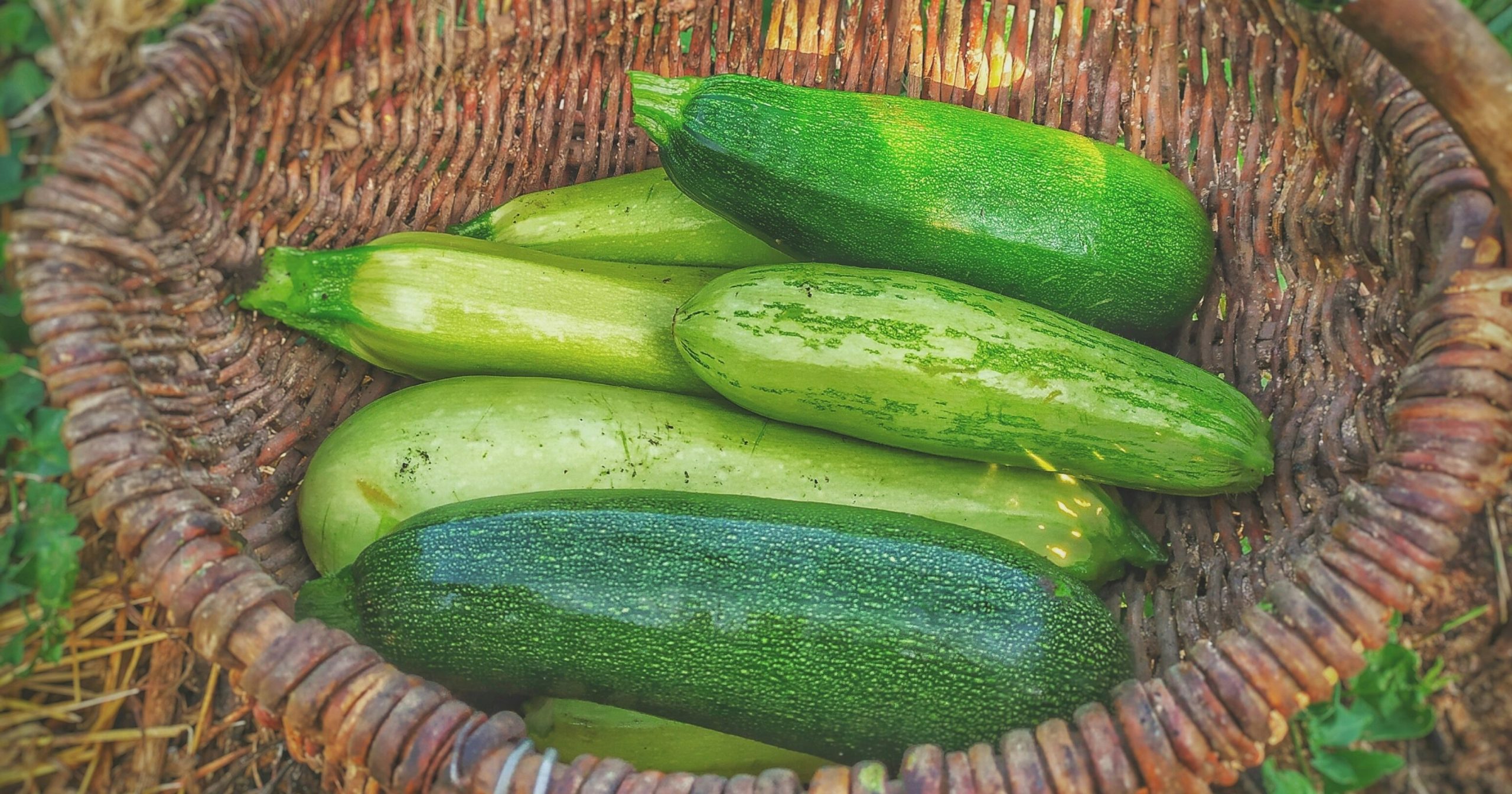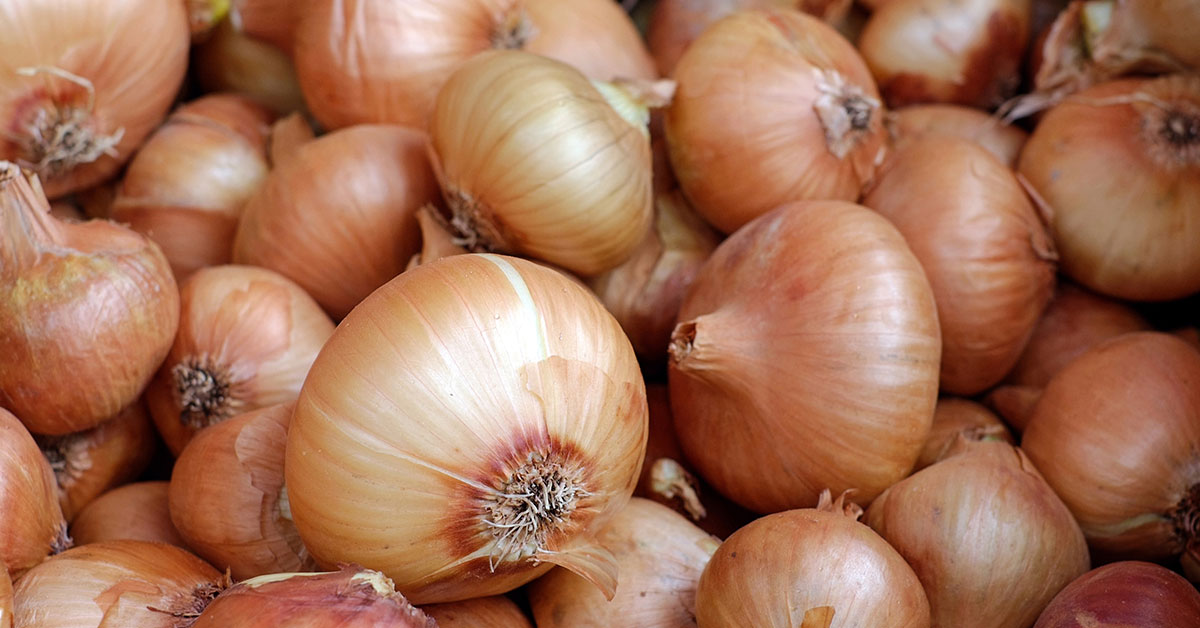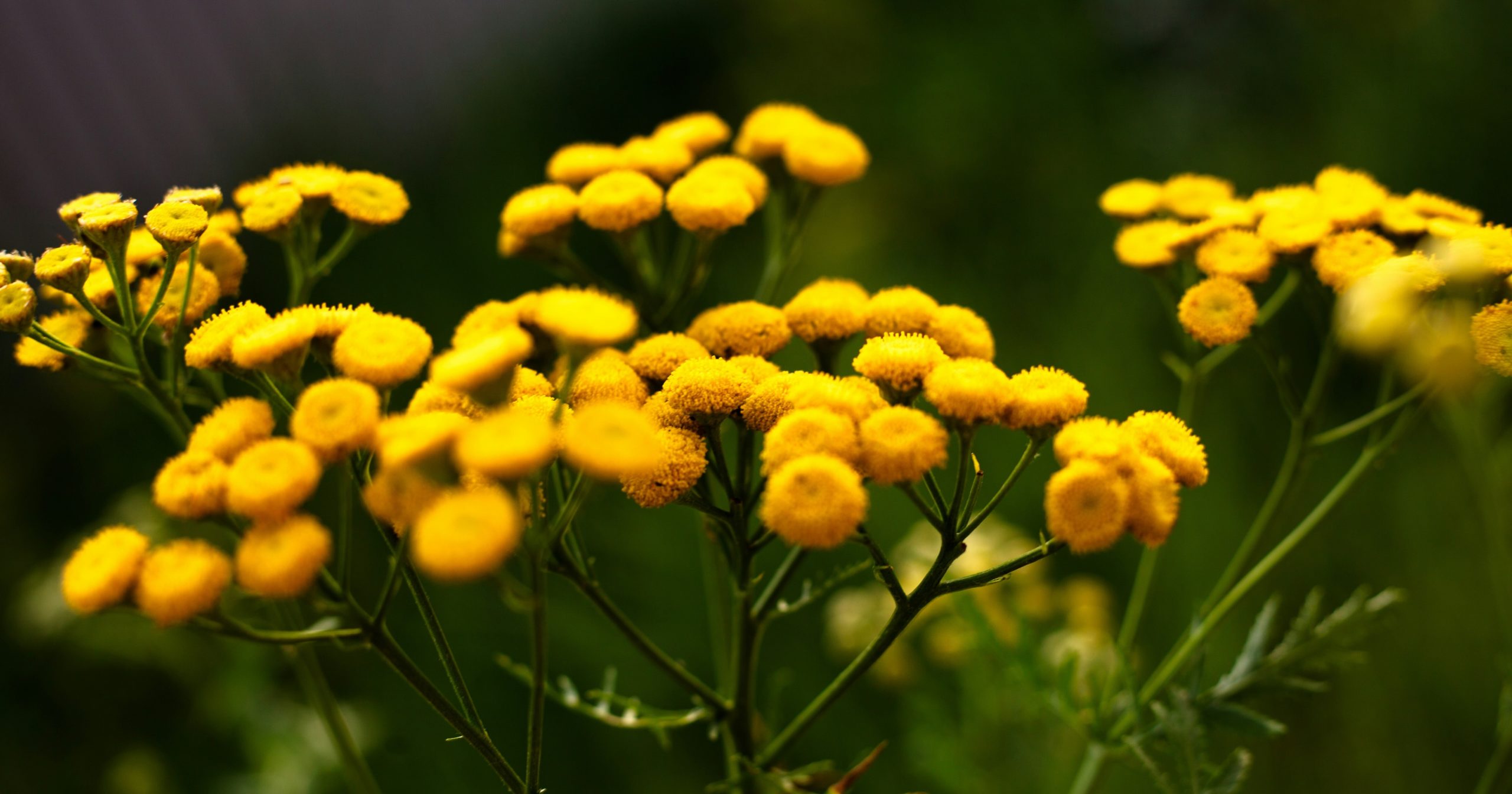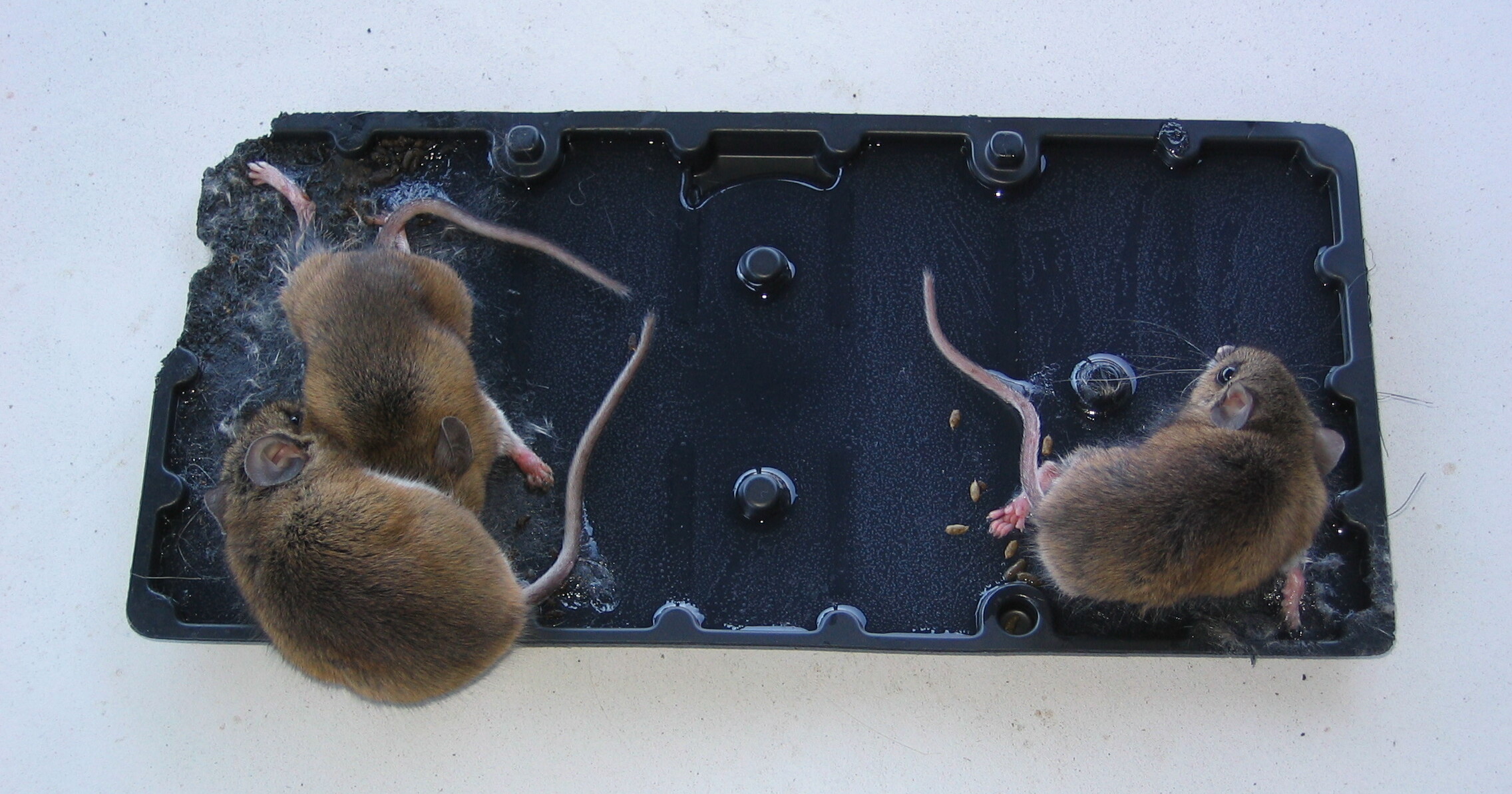Welcome to the wonderful world of potato gardening in Alberta! If you’re an avid gardener or simply someone with a green thumb, planting potatoes can be a rewarding and delicious experience. However, timing is everything when it comes to successfully growing potatoes in Alberta.
Alberta’s climate can be challenging, with its short growing season and unpredictable weather patterns. Therefore, understanding the best time to plant potatoes is crucial to ensure optimal growth and yield. In this article, we will delve into the factors that influence the planting times for potatoes in Alberta, including frost dates, soil temperature, and the varieties that thrive in our region. So grab your gardening gloves and get ready to dig in!
Best potato varieties to grow in Alberta
There are several good varieties of potatoes that grow well in Alberta’s climate. Here are a few popular ones:
- Russet Burbank: This is a widely grown variety known for its high yield and excellent taste. It has a thick skin and is perfect for baking, mashing, or frying.
- Yukon Gold: These potatoes have a golden color and creamy texture. They are versatile and can be used for boiling, baking, or making mashed potatoes.
- Norland: Norland potatoes are early maturing and have a smooth, red skin. They are great for boiling, roasting, or making potato salads.
- Red Pontiac: This variety has red skin and white flesh. It is well-suited for boiling, steaming, or roasting, and maintains its color well when cooked.
- Fingerling Potatoes: Fingerling potatoes come in different varieties, such as Russian Banana or French Fingerling. They have a unique shape and buttery flavor. They are great for roasting or grilling.
Remember to choose varieties that are adapted to your specific growing conditions and follow proper planting and care techniques to ensure a successful potato harvest.
When to plant Potatoes in Alberta
The best time to plant potatoes in Alberta is typically in late April to early May. This timing is suitable for most regions in the province, taking into account the average last frost date and the soil temperature. However, it is always recommended to check the specific hardiness zone and local weather conditions for your area, as they can vary within the province.
Alberta, Canada, has a wide range of climates, and the hardiness zones in the province range from 1a to 4b. Here’s a breakdown of each zone and the recommended time to plant potatoes:
- Zone 1a: This zone experiences minimum temperatures below -50°F (-45°C). Planting time for potatoes: Not recommended to plant potatoes in this zone due to the extremely cold temperatures.
- Zone 1b: This zone experiences minimum temperatures between -45°F to -40°F (-43°C to -40°C). Planting time for potatoes: Not recommended to plant potatoes in this zone due to the extremely cold temperatures.
- Zone 2a: This zone experiences minimum temperatures between -40°F to -35°F (-40°C to -37°C). Planting time for potatoes: Not recommended to plant potatoes in this zone due to the extremely cold temperatures.
- Zone 2b: This zone experiences minimum temperatures between -35°F to -30°F (-37°C to -34°C). Planting time for potatoes: Not recommended to plant potatoes in this zone due to the extremely cold temperatures.
- Zone 3a: This zone experiences minimum temperatures between -30°F to -25°F (-34°C to -31°C). Planting time for potatoes: Early to mid-May
- Zone 3b: This zone experiences minimum temperatures between -25°F to -20°F (-31°C to -29°C). Planting time for potatoes: Mid to late May
- Zone 4a: This zone experiences minimum temperatures between -20°F to -15°F (-29°C to -26°C). Planting time for potatoes: Late April to mid-May
- Zone 4b: This zone experiences minimum temperatures between -15°F to -10°F (-26°C to -23°C). Planting time for potatoes: Late April to mid-May
It’s important to note that planting times may vary slightly based on local weather conditions and frost risk. For the most accurate planting advice for your specific area in Alberta, it’s best to check with local gardening resources or consult experienced gardeners in the region.
When to harvest Potatoes in Alberta
The optimal time to harvest potatoes in Alberta is typically in late summer or early fall, when the plants have reached maturity and the foliage begins to die back. This is usually around 90 to 120 days after planting, depending on the potato variety and growing conditions.
Keep an eye out for yellowing and withering of the leaves, as well as the skin of the potatoes becoming firm and set. Gently dig around the base of the plants to check the size and maturity of the potatoes. If they are the desired size and have developed a thick enough skin, it’s time to harvest.
It’s important to avoid leaving the potatoes in the ground for too long after the foliage dies back, as they can start to rot or be damaged by freezing temperatures.
Other considerations
When growing potatoes in Alberta, there are several additional considerations to keep in mind:
- Climate: Alberta experiences a short growing season with cool temperatures and the risk of frost. It is important to select early-maturing potato varieties that can tolerate these conditions.
- Soil: Potatoes prefer well-draining soil with a pH level between 5.0 and 6.0. Prior to planting, ensure that the soil is loose, fertile, and enriched with organic matter. Conduct a soil test to determine its nutrient levels and make any necessary amendments.
- Sunlight: Potatoes require at least six to eight hours of direct sunlight daily. Choose a planting location that receives ample sunlight throughout the day.
- Seed Potatoes: It is essential to start with certified disease-free seed potatoes. Purchase them from reputable sources to minimize the risk of introducing pests or diseases to your garden.
- Planting Time: Plant potatoes in Alberta when the soil temperature reaches 7-10°C (45-50°F) and all danger of frost has passed, usually in late April or early May.
- Planting Depth and Spacing: Plant seed potatoes about 4-6 inches deep, with eyes facing upward. Space each seed potato about 12-15 inches apart in rows that are 2-3 feet apart.
- Mulching: Applying a layer of organic mulch, such as straw or wood chips, around the potato plants helps conserve moisture, suppress weeds, and regulate soil temperature.
- Watering: Potatoes require consistent moisture throughout their growing season, especially during tuber development. Aim to provide about 1-2 inches of water per week, either through rainfall or supplemental irrigation.
- Fertilization: Prior to planting, incorporate a balanced fertilizer or compost into the soil. Once the plants are established, side-dress them with a nitrogen-rich fertilizer to promote healthy foliage growth.
- Pest and Disease Management: Keep a lookout for common potato pests, such as Colorado potato beetles and aphids, and implement appropriate control measures if necessary. Similarly, monitor for diseases like late blight and early blight, and take preventive measures like crop rotation, proper spacing, and regular inspection.
- Harvesting: Harvest potatoes when the plants have yellowed and died back. Gently dig them up using a fork, being careful not to damage the tubers. Allow the potatoes to cure in a cool, dry, and well-ventilated area for a week before storing them.
By considering these factors, you can increase the chances of a successful potato harvest in Alberta.
